Architectural History Working Group
When and Where
Description
“Too Much Information: 1960s Office Design and the Limits of Noise Reduction”
Joseph L. Clarke
Associate Professor of Art History
Zoom link: https://utoronto.zoom.us/j/92849840325
Password: peristyle
Noise was among the most contested issues in the large open offices that proliferated after World War II in Europe and North America. Unpartitioned Bürolandschaft or “office landscape” workplaces were meant to improve employees’ communication, but their acoustic design became fraught with worker anxieties about distraction and diminishing privacy. While early remediation efforts sought to quiet the office, in the 60s, designers began adding white noise to mask distractions. “The noises act as invisible walls,” a business magazine explained. To celebrity media philosopher Marshall McLuhan, the use of sound as a space-defining element was part of an epochal transformation in human communication that challenged Western conventions of privacy and publicity. This talk will examine the shifting concepts of personal autonomy, community, and collaboration as reflected in the acoustic design of midcentury corporate offices, focusing on the Herman Miller Action Office line of workplace furniture. It will track the optimism about open offices in relation to empirical studies of user satisfaction and productivity. Enthusiasm for open office design waned in the mid-70s, and cubicles soon became notorious emblems of the drudgery and precarity of neoliberal corporate work. The judicious spatial deployment of noise remains a relevant approach, however, when considering how architecture can help or hinder privacy, communication, and collective thought.
The Architectural History Working Group (AHWG) at the University of Toronto promotes interdisciplinary discussion about the history of the built environment. Hosted by the Department of Art History, the AHWG is open to all members of the University of Toronto graduate community.
The next working group meeting will take place in person on Tuesday, November 1, in room SS6032 (Art History seminar room). The full schedule of topics and presenters is available on the Architectural History Working Group website.


